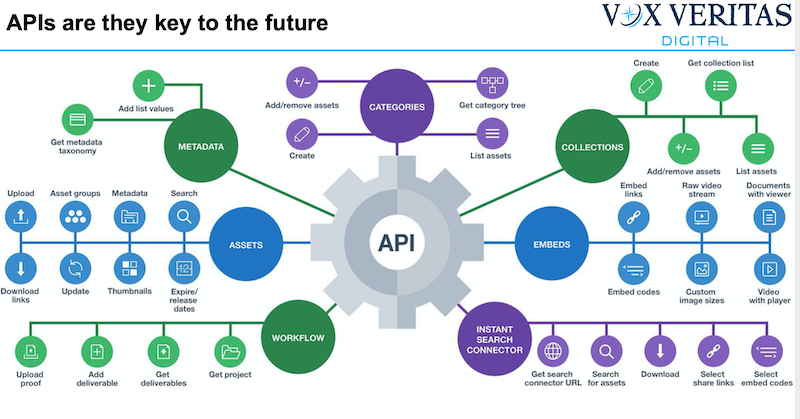
Don’t get sidetracked by Enterprise DAM requirements while looking for a smaller media library
Like all other marketers, you’re going to produce more content, more visual files, rich media like videos, images, publications, datasheets, presentations. So do you actually have control over these visual files and can you make them alive for multichannel use? If not, look for a DAM solution.
Choosing the right DAM solution is not always easy. One media library does not fit all. Sometimes your local department really needs just a simple and flexible SaaS media library for controlled management of media files, sometimes the need is for an enterprisewide DAM. So how do you find the best DAM solution for your company? Hopefully you are not lost in the RFP excel files requirement list jungle, like many others?
In this article you can learn, that choosing a SaaS media repository should not be as daunting as choosing an Enterprise DAM.
– Using DAM comes handy if implemented correctly
– Can you properly define your needs?
– Does your RFP expose requirements equally?
– Is the RFP blurring the benefits of DAM?
– What to do differently?
– Usage of DAM reveals flaws and benefits
– DAM is a solid investment
Using Digital Asset Management comes handy
To enable working from anywhere organisations look for unified communication and collaboration. One of such technology is working with Digital Asset Management (DAM) in Enterprises, media banks or media libraries in small and mid-size companies.
Digital Asset Management (DAM) allows organisations to easily store, organise, find, manage, create, distribute, and analyse all their digital content. A DAM system provides companies with one central source for all of their digital assets. Managing assets gets easier, both for internal and external teams and/or partners.
Digital Asset Management (DAM) systems are gaining in popularity among marketers, designers, and sales reps due to its features. DAM is a place for everything and everything is in its place.
DAM serves many roles, from traditional communications and marketing use cases to being positioned at the center of a complex enterprise-wide digital supply chain. And to work it needs an open API to connect to the most relevant platforms. Some of the vendors offer their DAMs including PIM or CMS-solutions, other offer these features separately integrated via their API. The complexity of the ecosystem can get very deep no matter what is included, starting from taxonomy issues to deliverables in multichannel environments.

Copyright: Theresa Regli
DAM should be the foundation of marketing
DAM essential features allow you to put your marketing content first and manage your brand more efficiently and effectively. A DAM system can offer various features and can work in very different ways depending on the set requirements. Before a Enterprise DAM works properly, the implementation, including migration and onboarding, needs to be done properly and this may take a long time. A DAM is actually never finalized, as it is to be seen as a process. Keep in mind while looking for a DAM solution, that you need to be aware of what kind of workflow issues you primarily need to solve.
A DAM system creates structure, meaning no more endless searches in folders but quickly finding the right image – eliminating unnecessary hours and operational costs. DAM relies on metadata. Adding unique metadata to digital assets is an investment in labour that makes the digital assets searchable, findable, reusable and potentially repurposable, giving it more value.